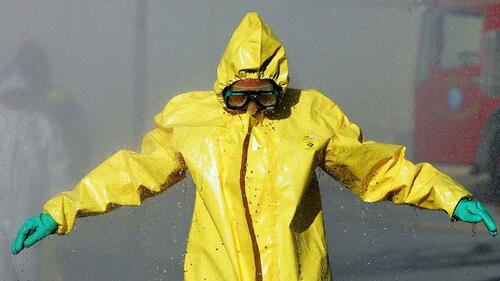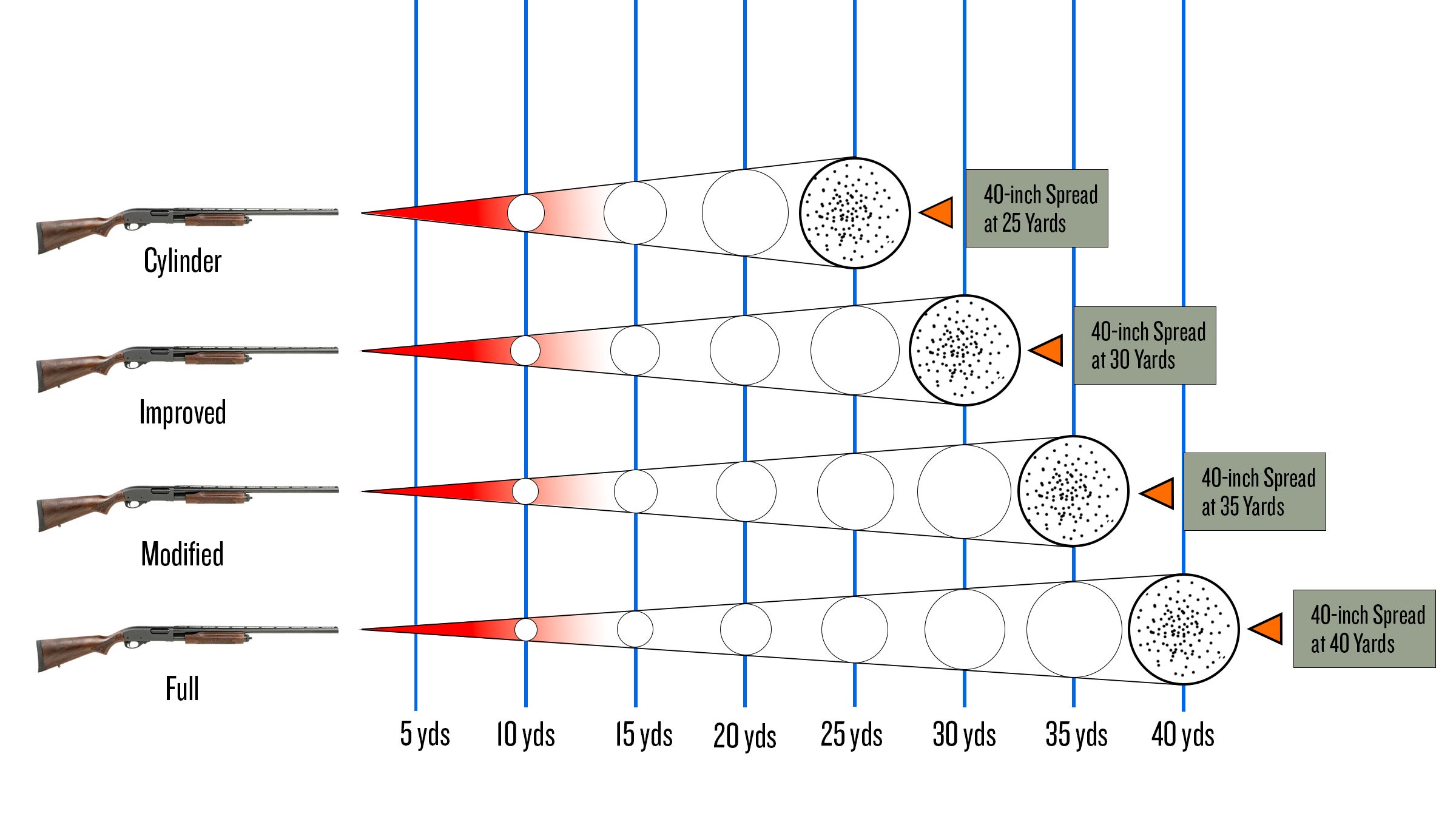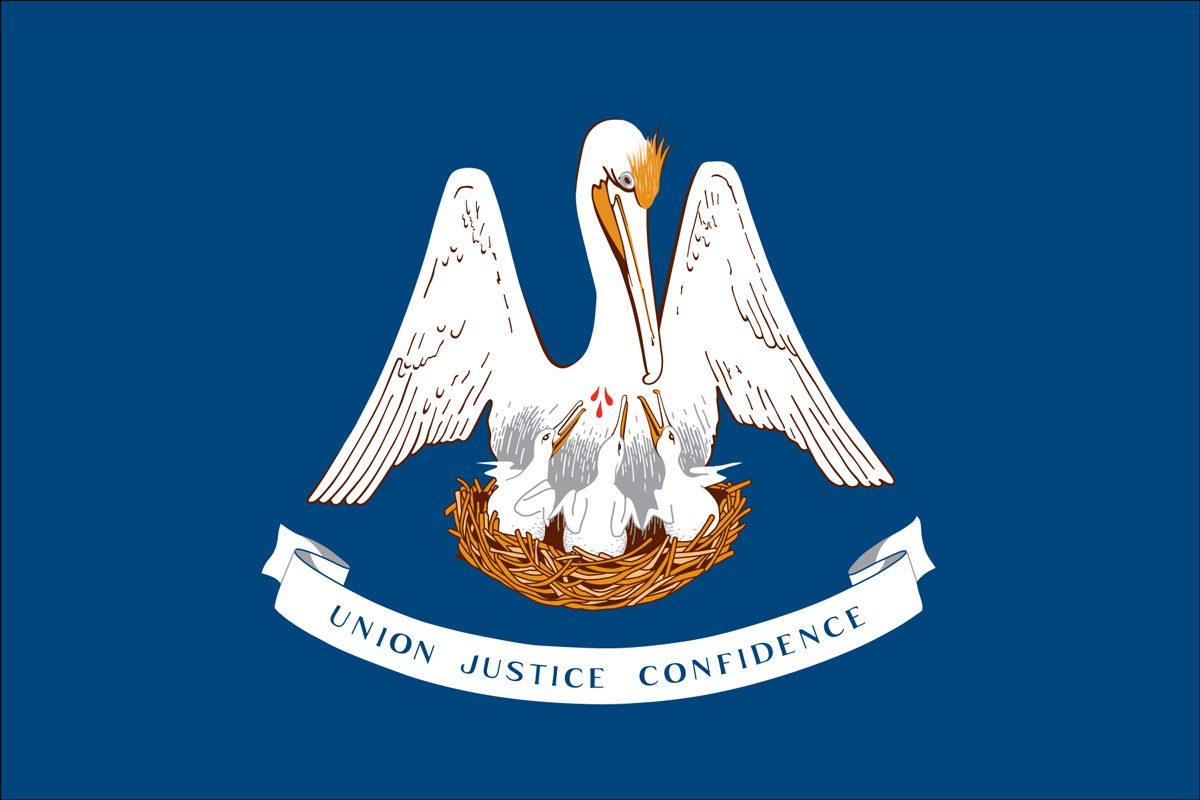The Benue State government on Tuesday announced that the death toll from the Lassa fever outbreak in nine local government areas of the state has risen to 13 amid efforts to stem the tide. The ongoing outbreak in Nigeria has prompted calls for public awareness as early detection of cases could improve the chances of survival of those who contract the virus.
The state Commissioner of Health and Human Services, Yanmar Ortese, confirmed the number of deaths at a press conference, according to a report by The Daily Trust. Ortese quoted the World Health Organisation (WHO) as saying that, Nigeria is the country with the highest number of reported Lassa Fever cases and deaths globally and that in the past few years, there had been several large outbreaks of the disease in Nigeria, with thousands of cases reported.
Hemorrhagic Fever Outbreak In Nigeria, 72 Dead From Lassa Fever
Lassa fever kills far more people than Ebola does—10,000 or more a year, some researchers suspect, although no one knows for sure. But except for a small cadre of dedicated researchers, it has been largely ignored. Identified only half a century ago, the rodent-borne disease, which can more rarely be transmitted between people via body fluids, affects the rural poor, who live far from any health center. Most cases go undiagnosed and unreported, and many people die in their villages. –Science.org
A record-shattering outbreak of Lassa fever in 2018 in Nigeria, the hardest-hit country, put the hemorrhagic fever on the map. It also prompted both the World Health Organization (WHO) and the Nigerian government to declare a public health emergency. Confirmed cases, which numbered roughly 25 to 100 in previous outbreak years, reached 633, and 171 people died, including 45 healthcare workers.
Cases in Nigeria have continued to climb each year since then. Infections still surge in the dry season, which runs from about December to May, but since 2018 have been occurring year-round. Most worrisome, cases are popping up outside the four known endemic countries: Nigeria, Sierra Leone, Guinea, and Liberia. –Science.org
The United States now classifies the Lassa virus as a biosafety level-4 pathogen, so dangerous that the live virus can only be studied in the highest security laboratories.
WHO Says Disease X Is A Matter Of “When,” Not “If”
Read the full article here




